Home>Renovation & DIY>Tools & Equipment>What Grit Sandpaper For Stair Railing
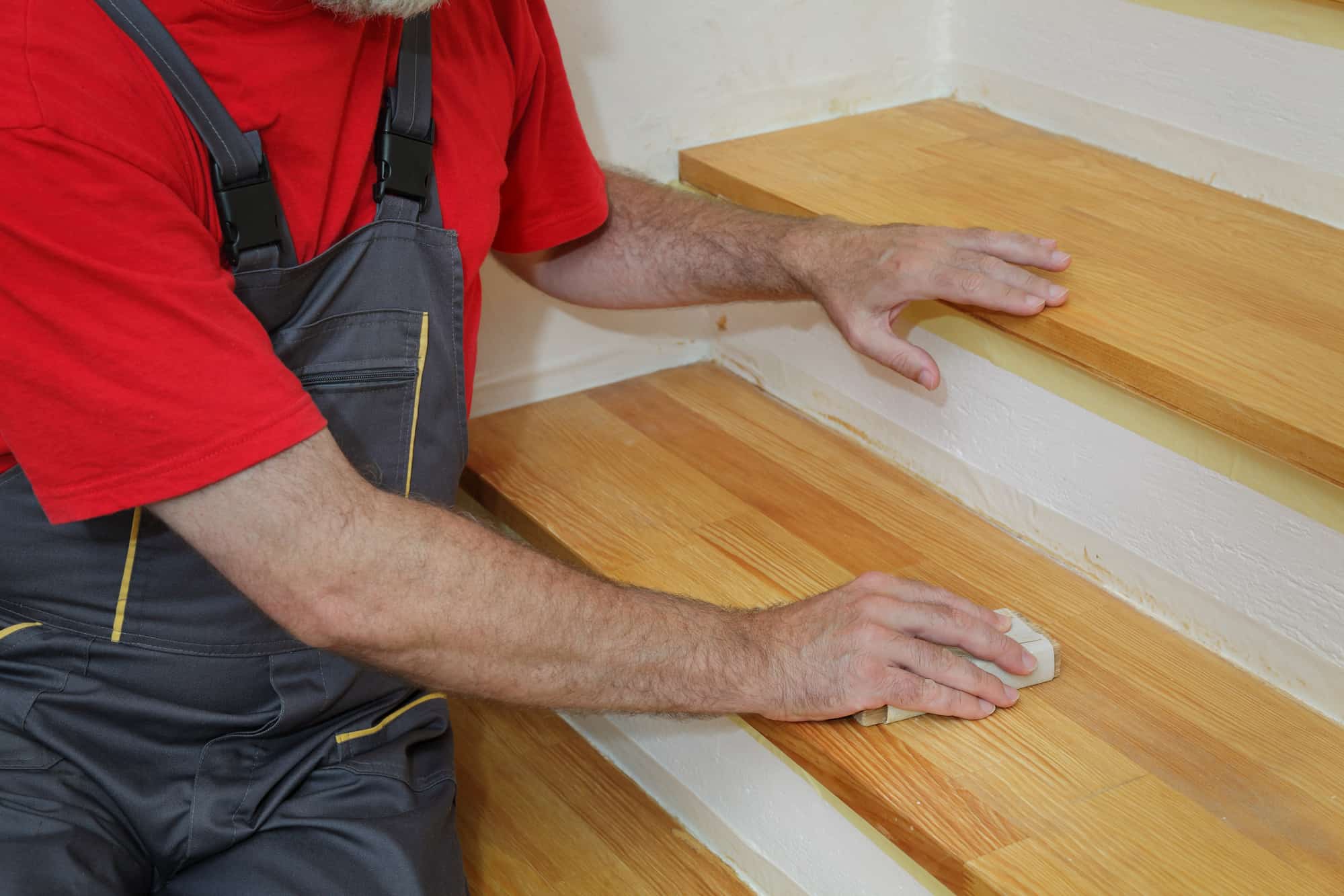

Tools & Equipment
What Grit Sandpaper For Stair Railing
Modified: February 18, 2024
Find the best grit sandpaper for stair railing and get your tools and equipment ready for a smooth and professional finish. Explore the right sandpaper grit to achieve a flawless result.
(Many of the links in this article redirect to a specific reviewed product. Your purchase of these products through affiliate links helps to generate commission for Storables.com, at no extra cost. Learn more)
**
Introduction
**
When it comes to maintaining the beauty and longevity of wooden stair railings, using the right grit sandpaper is essential. Sanding is a crucial step in the process of refinishing or maintaining stair railings, as it helps to smooth out imperfections, remove old finishes, and prepare the surface for a new coat of paint or stain. However, choosing the appropriate grit sandpaper for this task can be a daunting challenge for many DIY enthusiasts and professionals alike.
In this comprehensive guide, we will delve into the world of grit sandpaper for stair railings, exploring the intricacies of grit classification, the factors to consider when choosing the right grit, and the recommended grit sandpaper for achieving optimal results. Whether you are a seasoned woodworker or a novice looking to embark on a stair railing restoration project, this guide will equip you with the knowledge to make informed decisions and achieve remarkable outcomes. So, let's dive into the world of grit sandpaper and unravel its significance in the realm of stair railing maintenance and restoration.
**
Key Takeaways:
- Choose coarser grit (40-60) for weathered wood, and finer grit (150-220) for well-maintained wood, to achieve a smooth surface for staining or painting your stair railing.
- Consider railing material, desired finish, project scale, and skill level when selecting grit sandpaper for optimal results in stair railing maintenance.
Read more: What Grit Sandpaper For Stairs
Understanding Grit Sandpaper
**
Before delving into the specifics of choosing the right grit sandpaper for stair railings, it’s crucial to understand the concept of grit and its significance in sandpaper. Grit refers to the coarseness or fineness of the abrasive particles bonded to the sandpaper. The grit number, typically printed on the back of the sandpaper, indicates the size of the abrasive particles. In general, the lower the grit number, the coarser the sandpaper, while higher grit numbers signify finer abrasives.
Common grit ranges for sandpaper include coarse (40-60 grit), medium (80-120 grit), fine (150-180 grit), very fine (220-240 grit), and extra fine (280-320 grit). Coarse grit sandpaper is ideal for heavy material removal and shaping, while finer grits are suitable for smoothing and finishing surfaces.
Understanding the relationship between grit and sanding applications is crucial for achieving desired results. For stair railing maintenance, the choice of grit sandpaper depends on the condition of the railing, the type of wood, and the intended finish. By comprehending the nuances of grit sandpaper, you can effectively tailor the sanding process to the specific needs of your stair railing project, ensuring a flawless and professional-looking outcome.
**
Factors to Consider When Choosing Grit Sandpaper for Stair Railing
**
When selecting the appropriate grit sandpaper for stair railing maintenance, several crucial factors come into play. Understanding these factors is pivotal in ensuring that the sanding process aligns with the unique requirements of the railing material and the desired finish. Below are the key considerations to keep in mind when choosing grit sandpaper for stair railing projects:
1. Railing Material and Condition: The type of wood comprising the stair railing and its current condition heavily influence the choice of grit sandpaper. For weathered or rough surfaces, coarser grits (40-80) are effective for initial sanding to eliminate imperfections and old finishes. Finer grits (120-220) are suitable for smoothing and refining surfaces, making them ideal for well-maintained or previously finished railings.
2. Desired Finish: The intended finish, whether it's a natural wood look, stain, or paint, dictates the grit sequence for sanding. For bare wood or stain application, a progression from coarse to fine grits ensures a smooth, blemish-free surface ready for finishing. Painted railings may require less aggressive sanding, often starting with medium grit (80-120) to promote paint adhesion.
3. Project Scale and Timeframe: The scale of the railing project and the available time influence the choice of grit sandpaper. Coarser grits expedite material removal and are suitable for larger, more time-sensitive projects, while finer grits are ideal for intricate details and meticulous finishing on smaller-scale endeavors.
4. Experience and Skill Level: The operator's familiarity with sanding techniques and comfort level with different grits play a significant role in choosing the right sandpaper. Novices may find it easier to start with medium grits for initial sanding, while seasoned woodworkers can effectively utilize coarser grits for efficient material removal.
By considering these factors, you can tailor the grit selection to the specific needs of your stair railing project, ensuring that the sanding process is optimized for superior results. Now that we’ve explored the essential considerations, let’s delve into the recommended grit sandpaper for stair railing maintenance and restoration.
**
Use 120-150 grit sandpaper for initial sanding to remove old finish and smooth out imperfections. Then use 220-320 grit for a finer finish before applying a new coat of paint or stain.
Recommended Grit Sandpaper for Stair Railing
**
Choosing the right grit sandpaper is crucial for achieving a flawless finish and prolonging the life of your stair railing. Based on the factors discussed earlier, the following recommendations provide a comprehensive guide for selecting the most suitable grit sandpaper for various stair railing maintenance and restoration scenarios:
1. Weathered or Unfinished Wood Railing:
- Begin with 40-60 grit sandpaper to remove old finishes, smooth out rough surfaces, and eliminate imperfections.
- Progress to 80-120 grit sandpaper for thorough smoothing and shaping, preparing the surface for the desired finish.
- Finish with 150-220 grit sandpaper to achieve a polished, blemish-free surface ready for staining or painting.
2. Previously Finished or Well-Maintained Wood Railing:
- Commence with 80-120 grit sandpaper to lightly scuff the surface and promote adhesion for a new coat of stain or finish.
- Follow up with 150-180 grit sandpaper to smooth out any imperfections and prepare the railing for the application of a new finish.
- If necessary, use 220 grit sandpaper for a final light sanding to ensure a pristine surface for refinishing.
3. Painted Wood Railing:
- Initiate the sanding process with 80-120 grit sandpaper to create a suitable surface for paint adhesion, focusing on removing any existing paint imperfections.
- Proceed with 150-180 grit sandpaper to refine the surface and ensure a uniform texture for the new coat of paint.
- For a smoother finish, a final pass with 220 grit sandpaper can be employed to achieve a professional result.
These recommendations serve as a comprehensive framework for selecting the appropriate grit sandpaper based on the condition, material, and desired finish of your stair railing. Adhering to these guidelines ensures that the sanding process is tailored to the unique requirements of your project, ultimately leading to exceptional results and a stunning stair railing transformation.
**
Conclusion
**
Embarking on a stair railing maintenance or restoration project demands careful consideration of the grit sandpaper to be used. By understanding the nuances of grit classification and the factors influencing grit selection, you can elevate the quality of your sanding process and achieve impeccable results.
Whether you are rejuvenating a weathered wooden railing, refinishing a previously finished surface, or preparing a painted railing for a fresh coat, the choice of grit sandpaper plays a pivotal role in the overall outcome. Tailoring the grit selection to the specific needs of your project ensures that the sanding process is optimized for superior results and a professional finish.
Armed with the knowledge of recommended grit sandpaper for various stair railing scenarios, you are well-equipped to undertake your project with confidence and precision. Remember, the key to a successful stair railing restoration lies in the meticulous sanding process, and the right grit sandpaper is your ally in achieving a flawless, refined finish.
As you embark on your stair railing maintenance journey, let the understanding of grit sandpaper guide your sanding endeavors, leading you to transformative results and a stair railing that exudes timeless elegance and charm.
With the power of grit sandpaper at your fingertips, your stair railing restoration project is poised for success, ensuring that every step you take is adorned with the beauty of a meticulously maintained and exquisitely finished wooden railing.
Frequently Asked Questions about What Grit Sandpaper For Stair Railing
Was this page helpful?
At Storables.com, we guarantee accurate and reliable information. Our content, validated by Expert Board Contributors, is crafted following stringent Editorial Policies. We're committed to providing you with well-researched, expert-backed insights for all your informational needs.



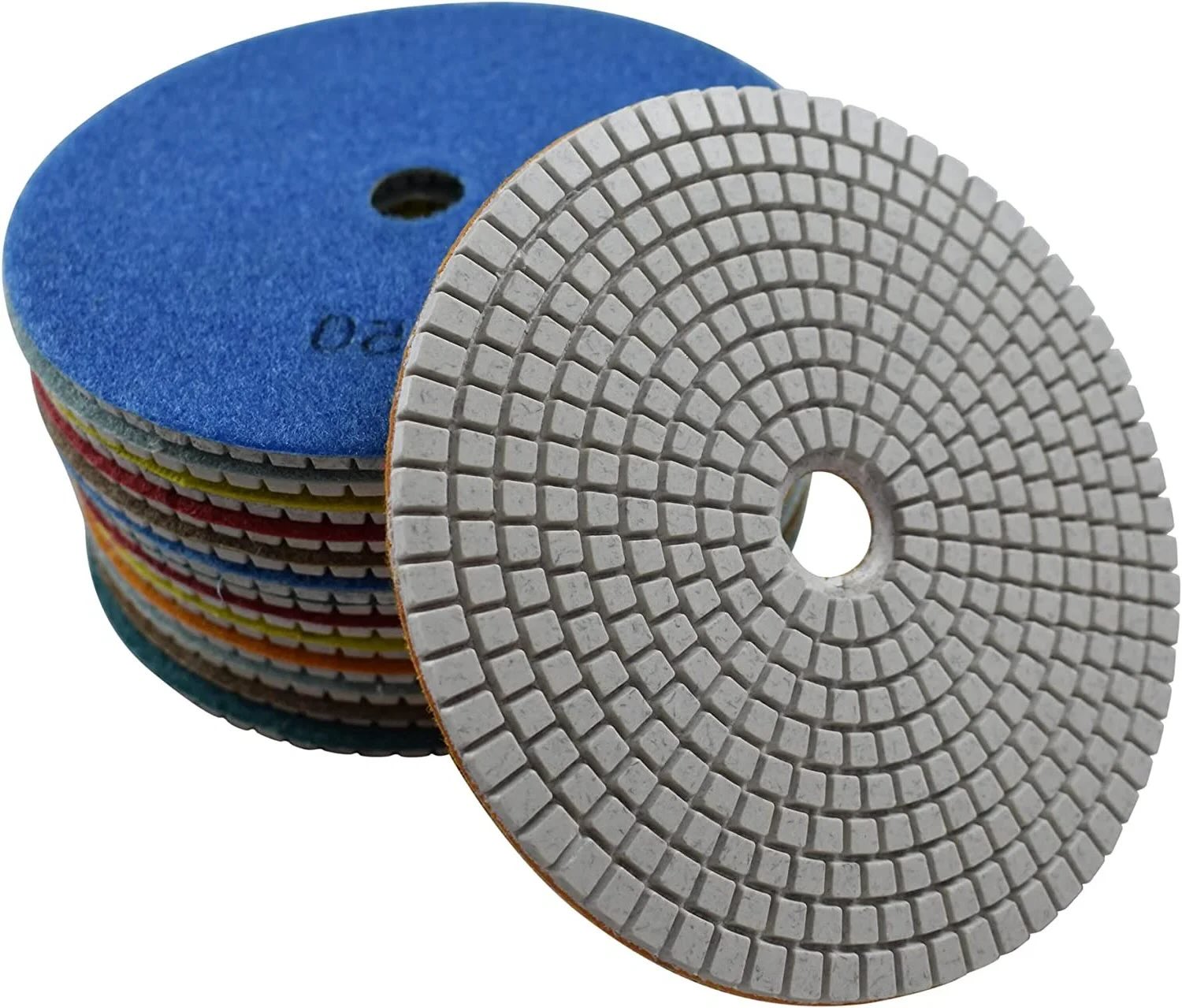
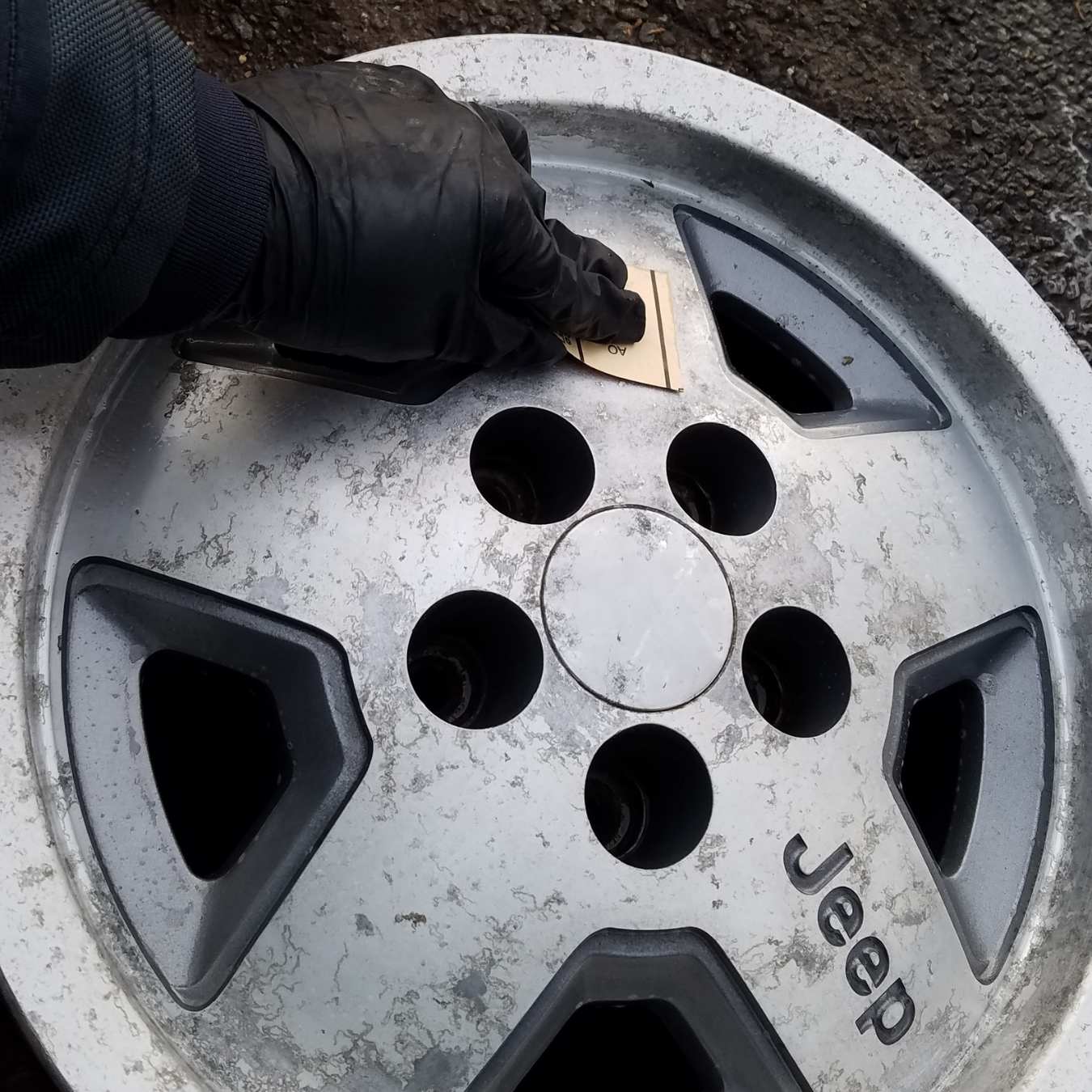

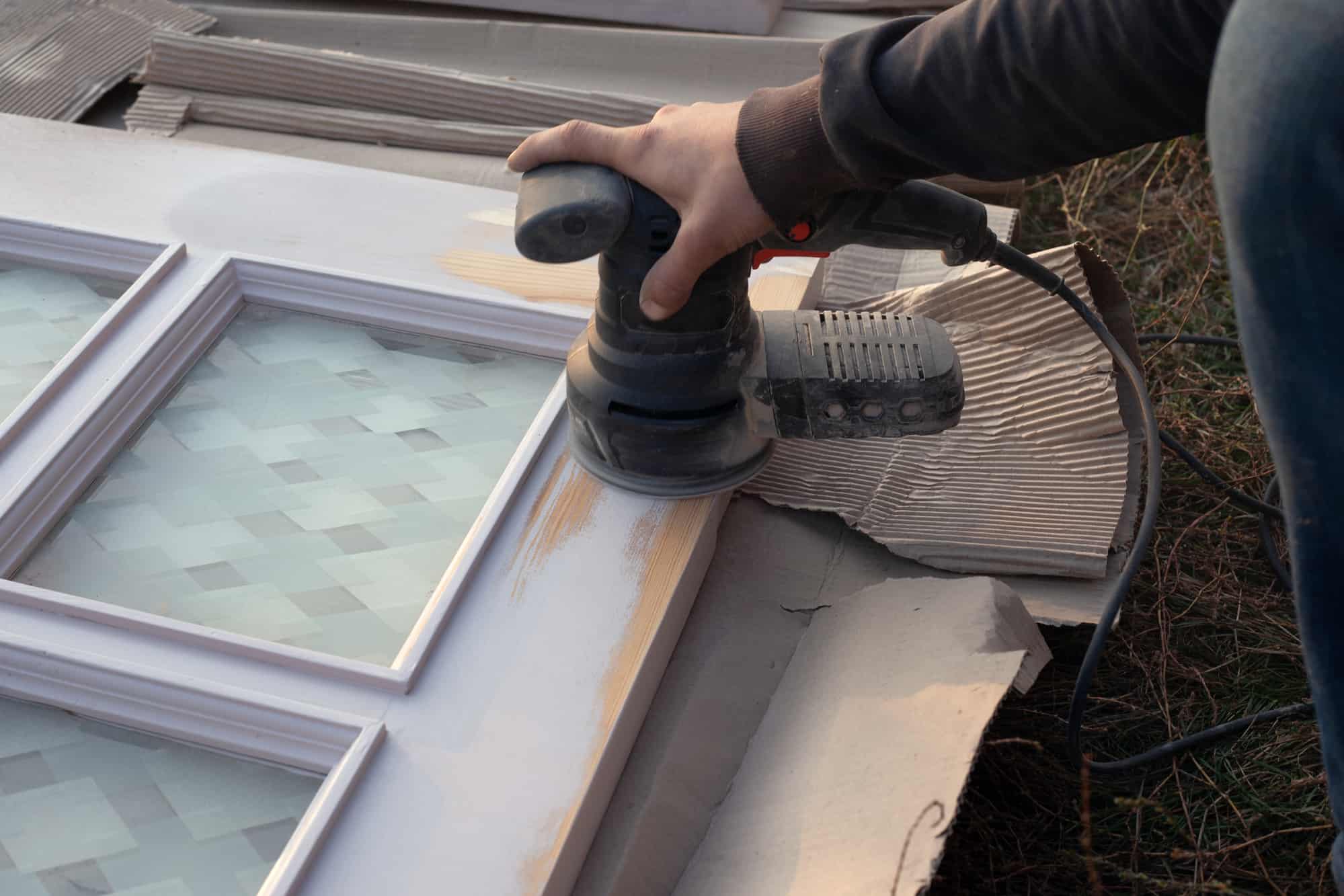

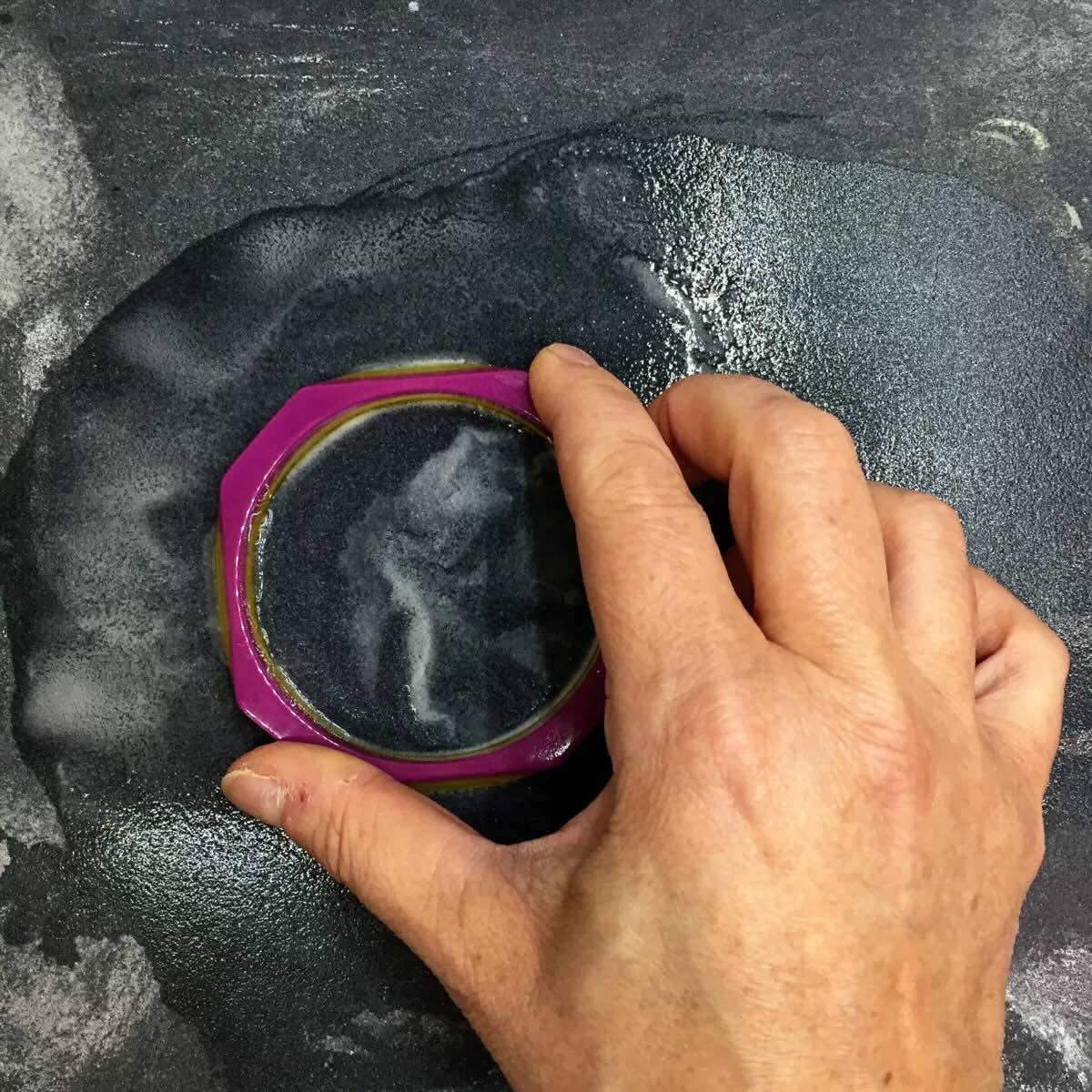
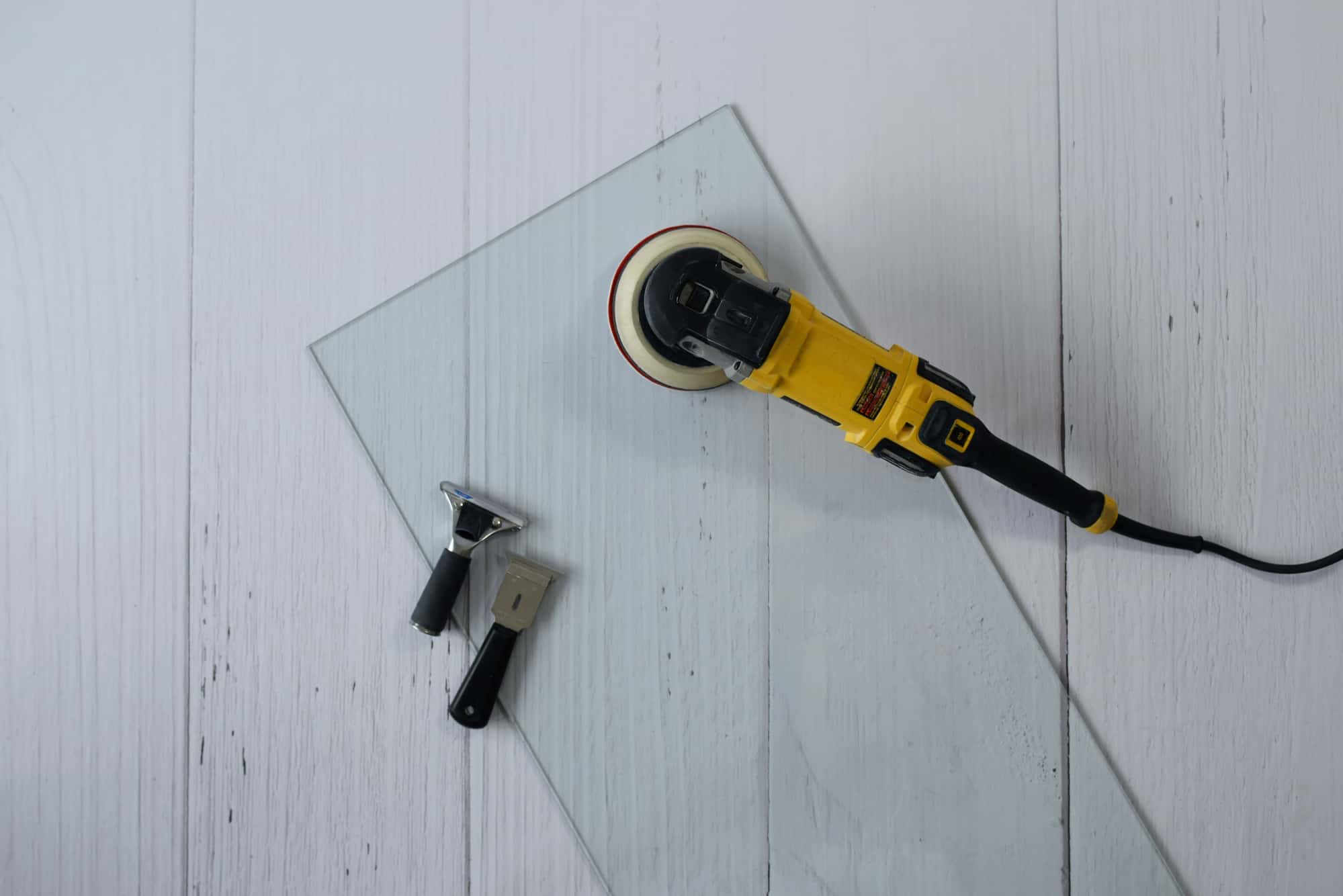
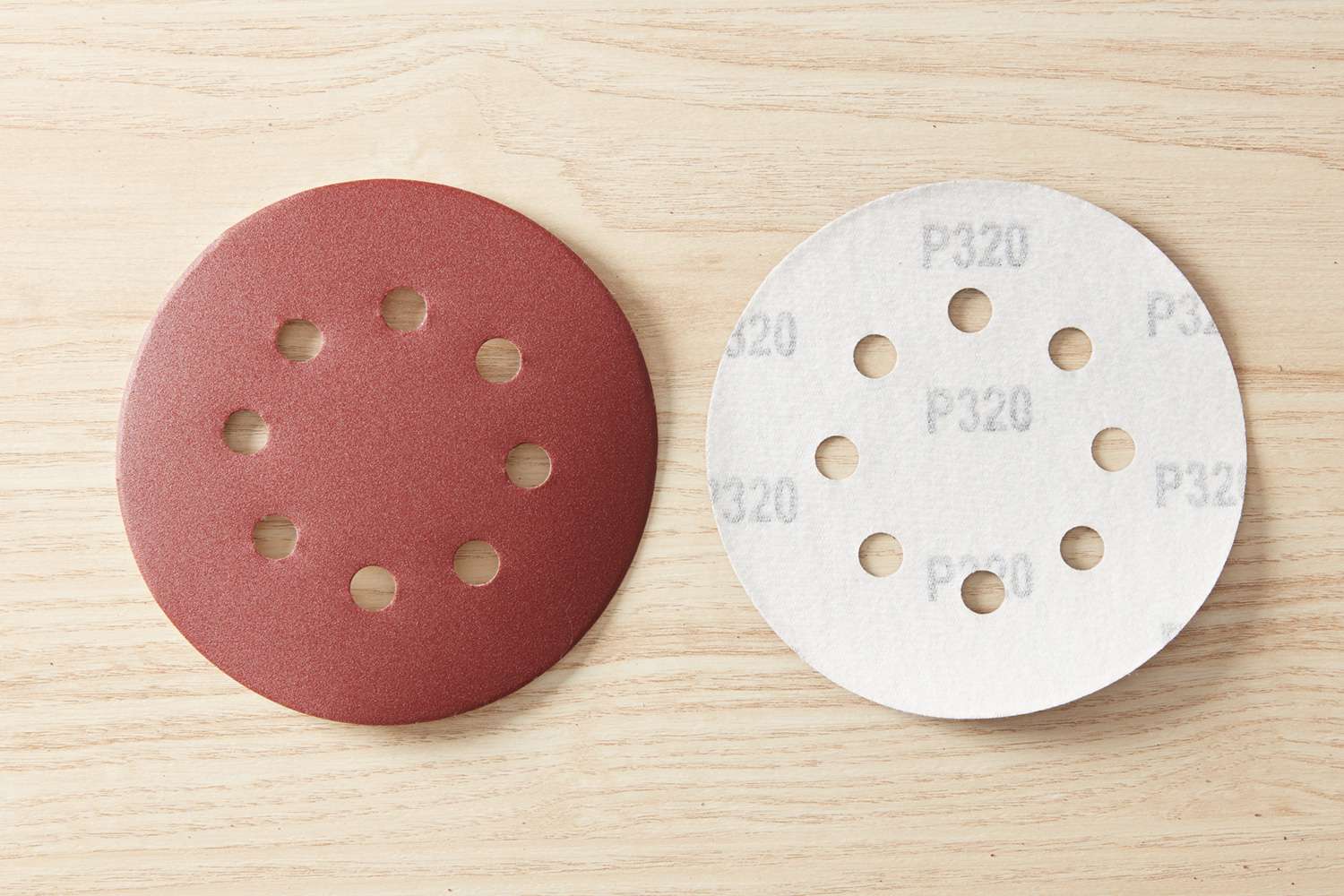
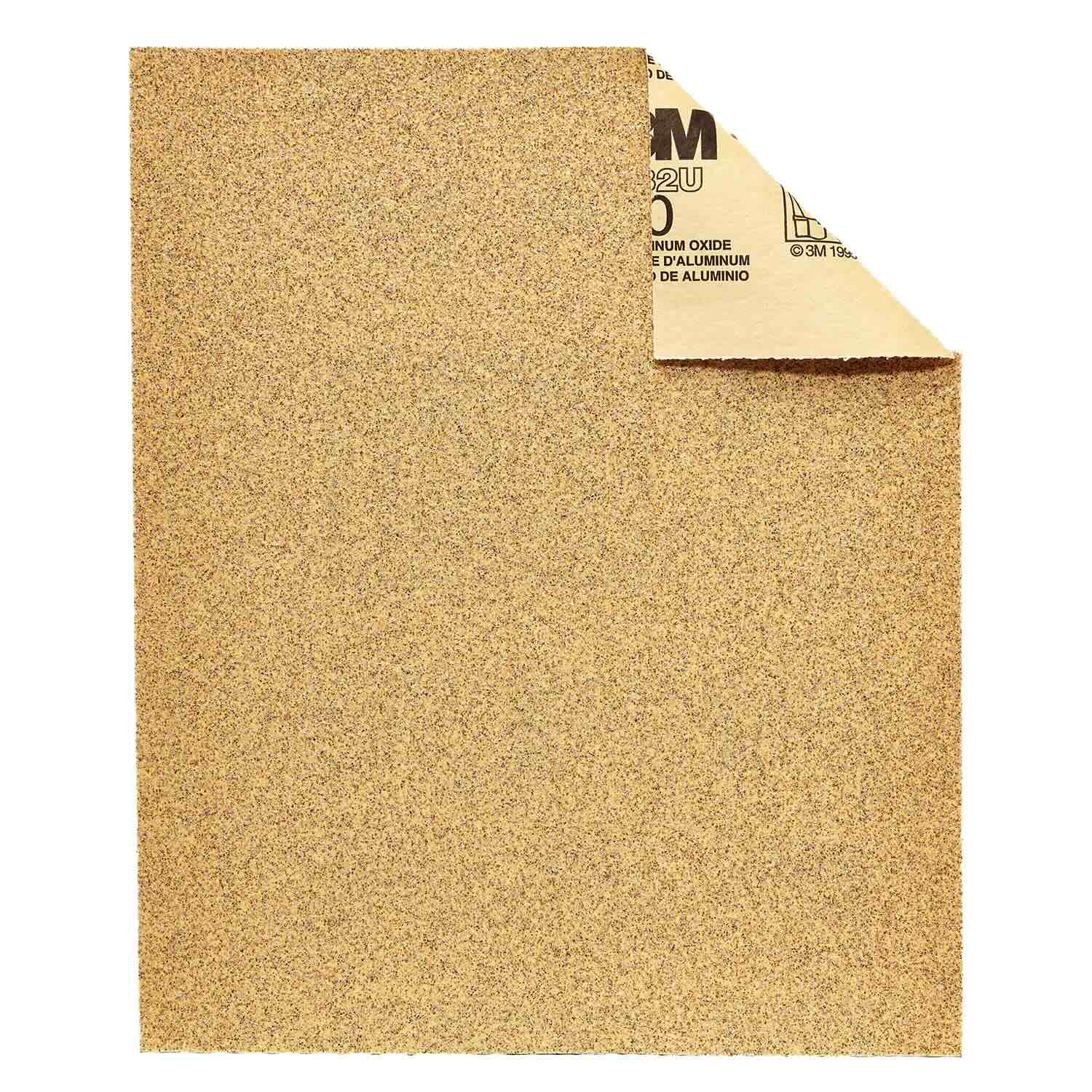
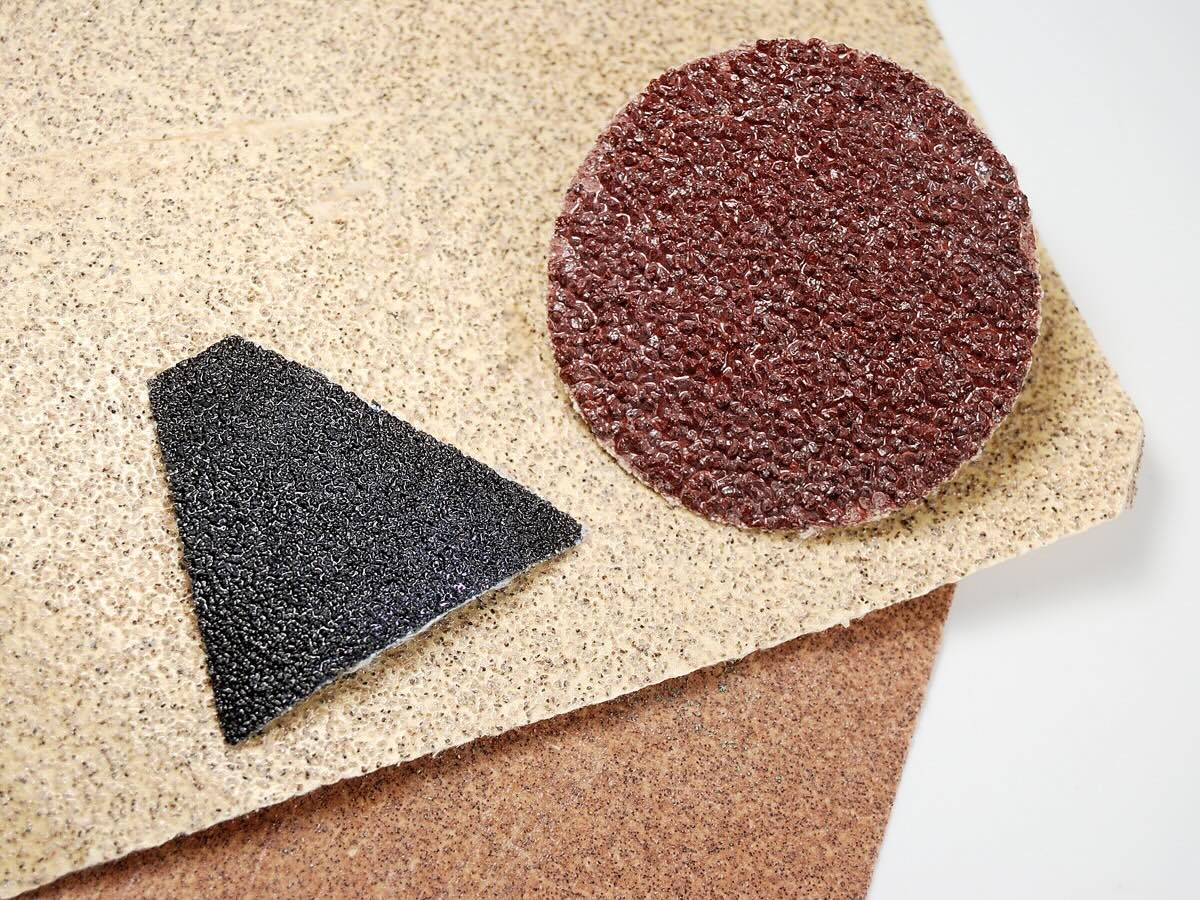
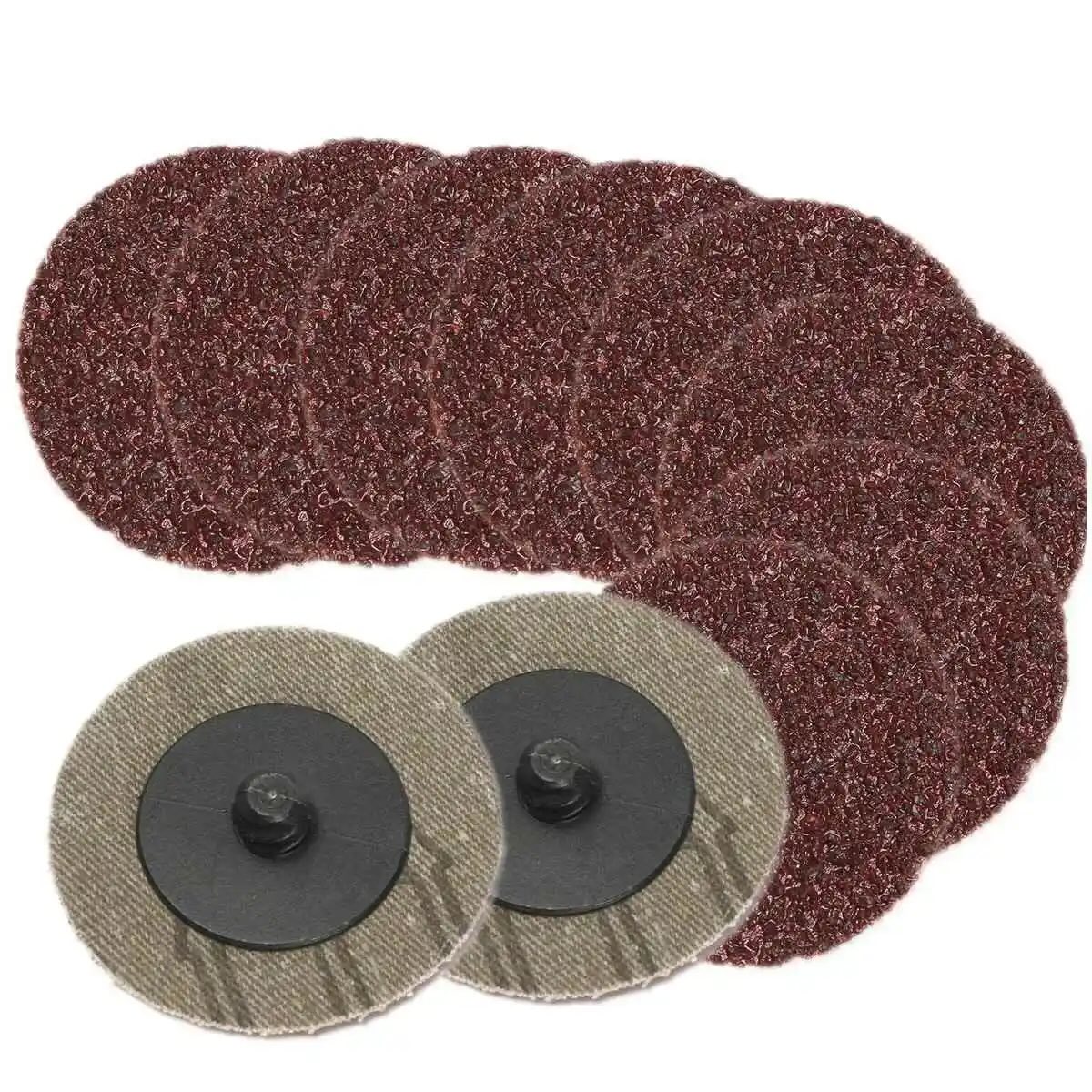
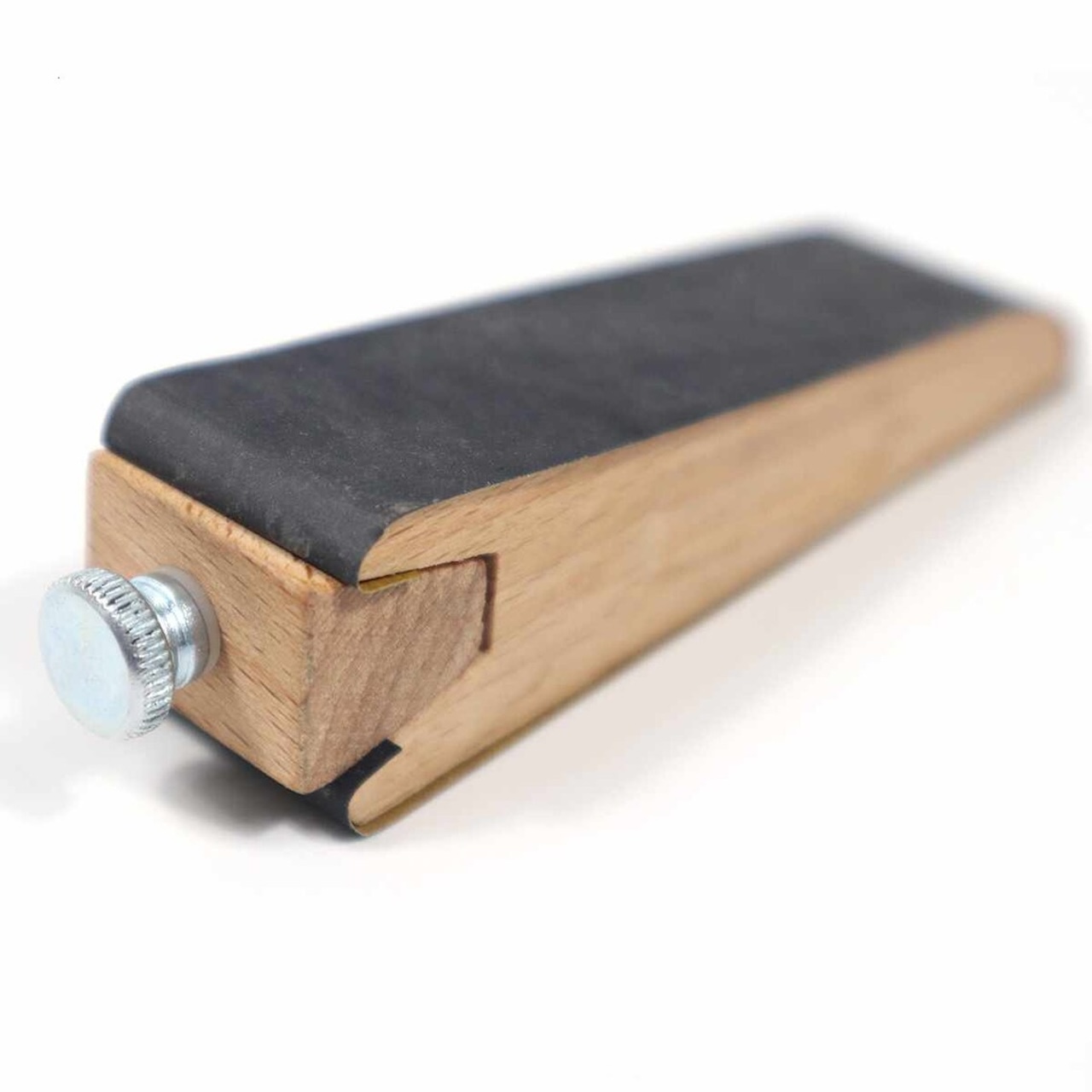

0 thoughts on “What Grit Sandpaper For Stair Railing”